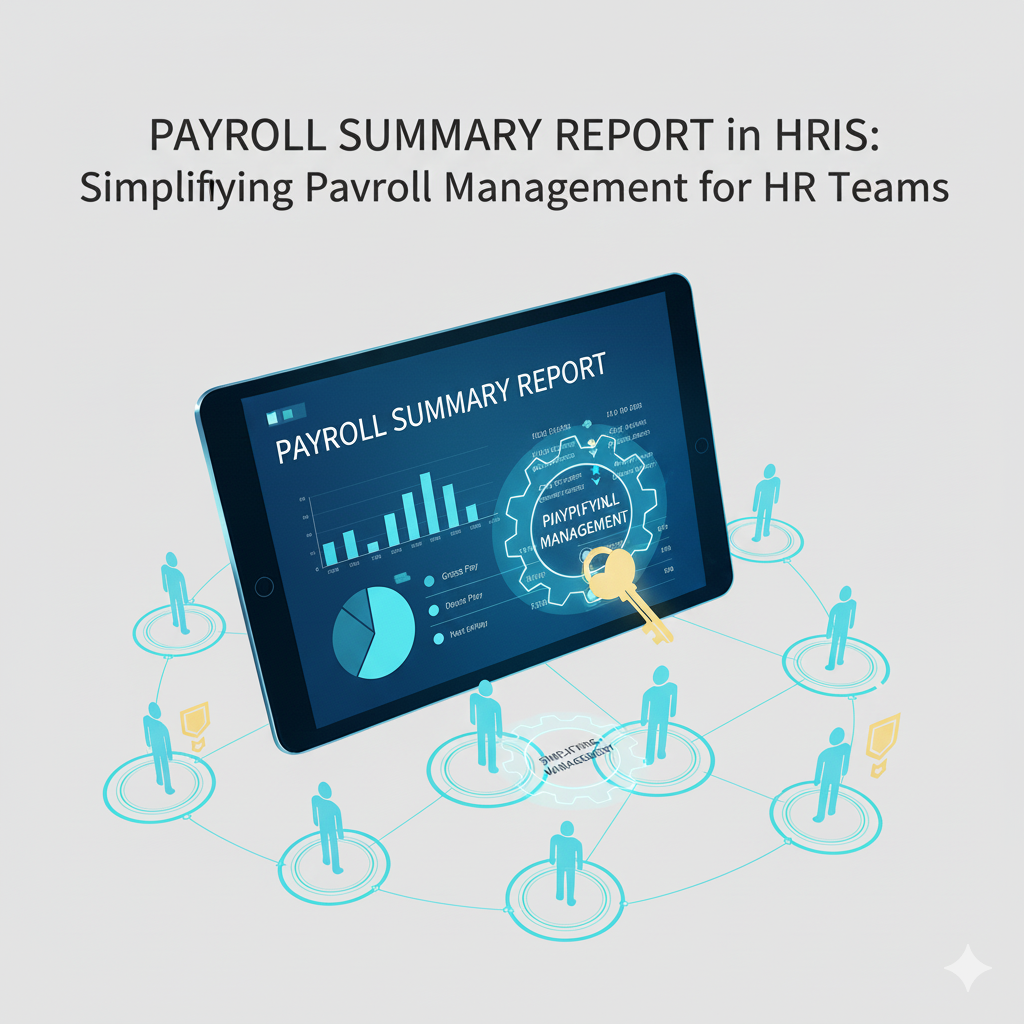Address
Kaypian, San Jose Del Monte City, Bulacan Philippines
Work Hours
Monday to Friday: 8AM - 6PM
Weekend: 10AM - 5PM
Address
Kaypian, San Jose Del Monte City, Bulacan Philippines
Work Hours
Monday to Friday: 8AM - 6PM
Weekend: 10AM - 5PM


Integrated HR. Accurate Payroll.


Integrated HR. Accurate Payroll.

Payroll processing is one of the most critical tasks for any HR department — and also one of the most time-consuming. Errors in payroll can lead to employee dissatisfaction, compliance issues, and unnecessary rework. Fortunately, a Payroll Summary Report in your HRIS (Human Resource Information System) can transform this complex process into a smooth, accurate, and stress-free experience.
In this article, we’ll break down what a payroll summary report is, why it’s essential, and how HR teams can use it to simplify payroll management and boost efficiency.
A Payroll Summary Report provides a consolidated view of payroll data for a given pay period. It summarizes employee salaries, allowances, deductions, government contributions, overtime, and net pay — all in one easy-to-read document.
With a modern HRIS, this report is automatically generated, pulling data directly from attendance, leave records, and salary structures. This eliminates manual computation, reduces errors, and saves HR teams valuable time.
Manual payroll computation is prone to mistakes. A payroll summary report cross-checks all salary components — from basic pay to deductions — ensuring that employees are paid accurately and on time.
In the Philippines, businesses are required to remit SSS, PhilHealth, Pag-IBIG, and BIR contributions accurately. Payroll summary reports make it easy to verify compliance before finalizing payouts.
A summary report allows HR to quickly review payroll data before releasing it. This provides full visibility into total payroll costs, government contributions, and employee take-home pay.
Automated payroll summaries reduce the need for manual data gathering and spreadsheet work. HR teams can generate comprehensive reports with just a few clicks.
Payroll data isn’t just for HR — it’s a valuable tool for management. Payroll summary reports help with budgeting, forecasting, and workforce cost analysis.
When evaluating HRIS platforms, look for payroll summary reports that include:
Whether you are a private enterprise or a Local Government Unit (LGU), payroll summary reports can:
The Payroll Summary Report is not just a document — it’s a powerful tool that simplifies payroll management, ensures compliance, and boosts HR efficiency.
By using an HRIS with automated payroll summary reporting, HR teams can save hours of manual work, reduce payroll errors, and give management a clearer picture of workforce costs.
If your organization is still manually consolidating payroll data, now is the perfect time to switch to a modern HRIS & Payroll System. The result? Faster payroll processing, fewer errors, and happier employees.